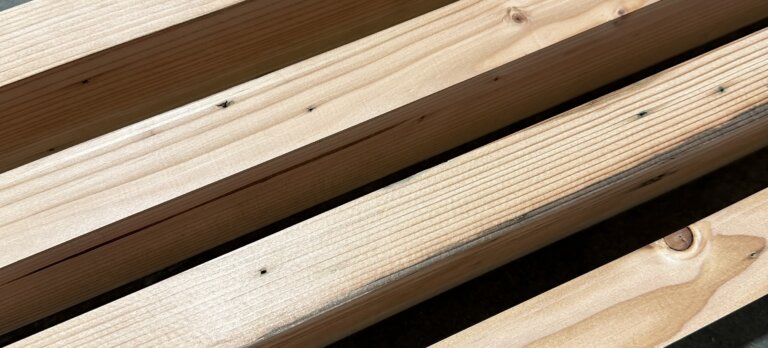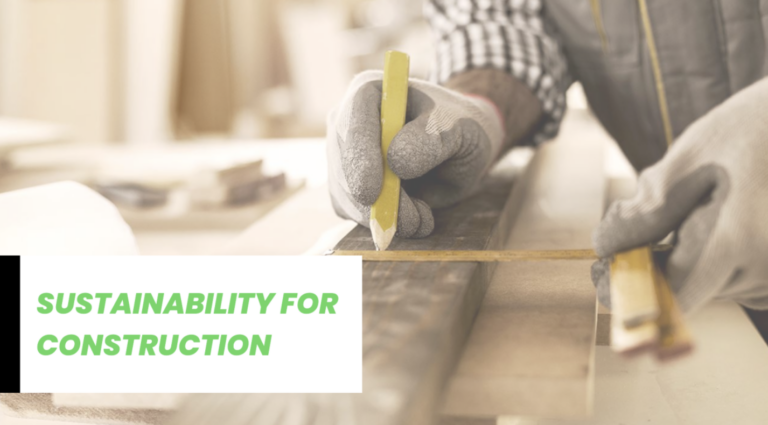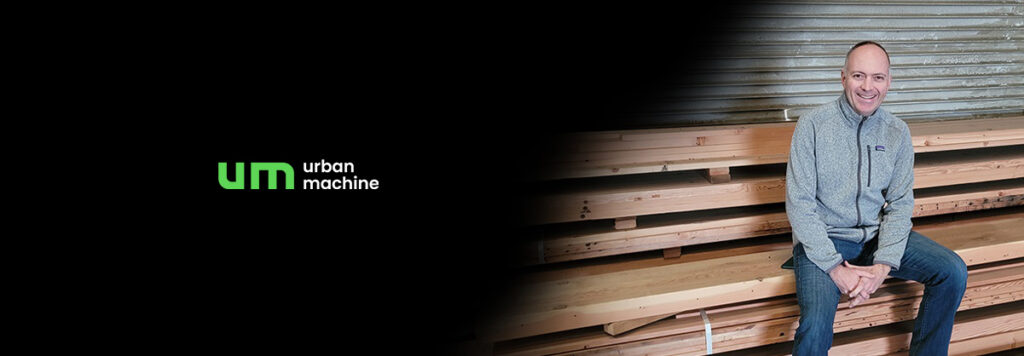
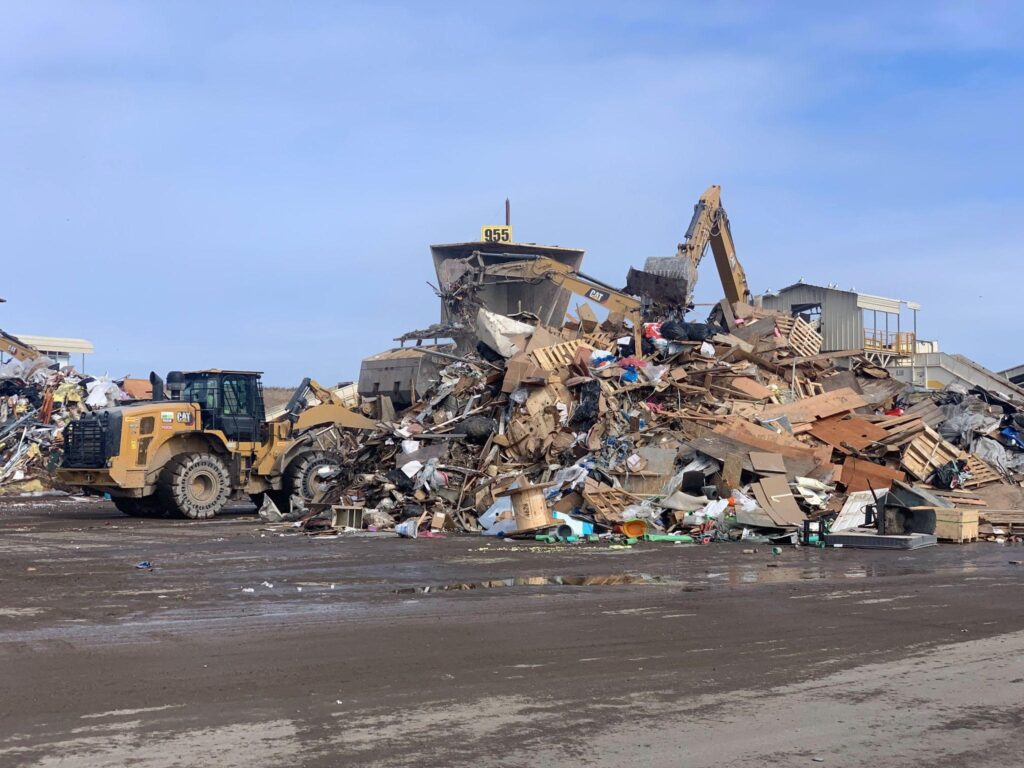
Why is Eric Law, CEO of Urban Machine, Smiling?
For starters, he is helping the environment and the construction industry by establishing an important cog in a circular economy. Companies and individuals alike can optimize the use of resources, reduce the consumption of raw materials, and recover waste by reclaiming it–giving it a second life as a new product. Construction has typically been a waste-intensive process but has great potential to benefit from a circular economy.
So, What Is a Circular Economy For Construction?
At Urban Machine, we view it as a regenerative system in which raw materials, waste, carbon footprint, and energy are all reduced by closing the material loop. Some ways to achieve this goal are through sustainable architectural designing, repairing, reusing, remanufacturing, refurbishing, recycling, and reclaiming. Our obligation to the planet is to balance the economy, social awareness, and environmental impact of construction & demolition methods. The time has come to change the way things have always been done–rapidly demolishing old construction and hauling it away to the landfill.
Integrating Sustainability
Here at Urban Machine, we think about how artificial intelligence and machine learning can address serious problems our planet is facing. Integrating sustainability, renewable energy, and circular waste helps manage the gross amounts of debris coming from construction and demolition. In 2018, 600 million tons of trash from C&D went to landfills in the United States, and 37 million tons of that waste came from wood alone.
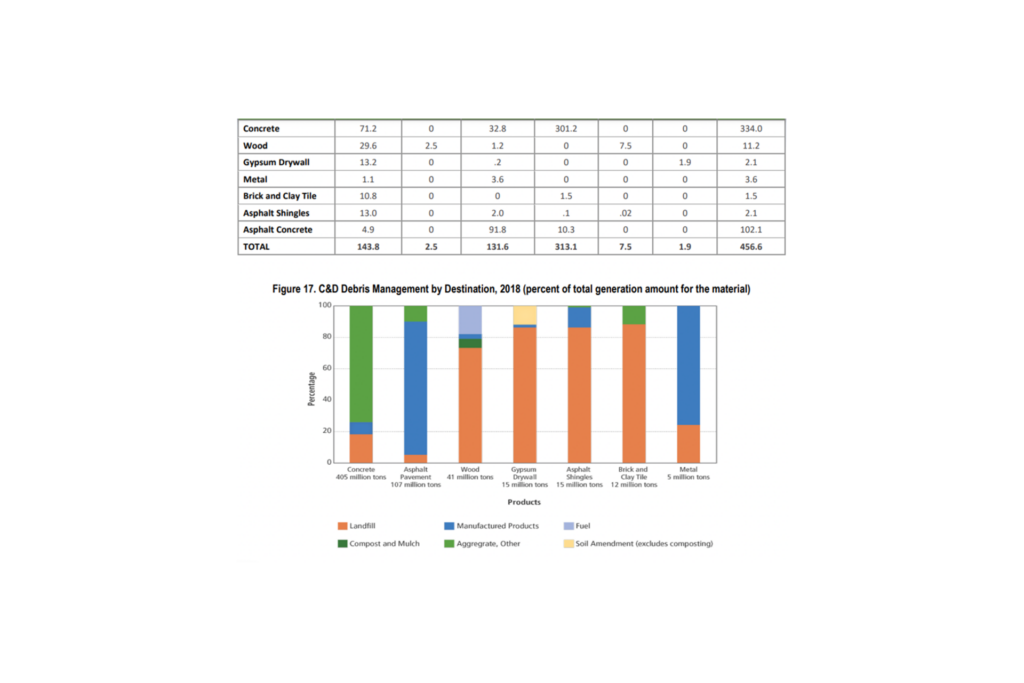
A Better Way to Deal With all This Wood Waste
Urban Machine’s CEO Eric Law knew there was a better way to deal with all this wood waste. He reached out to our CTO Andrew Gillies to determine if there was a robotic solution, and Andrew quickly proved the theory to be correct. Andrew enlisted the help of our Chief Software Architect Alex Thiele, and the three got to work creating a robot that reclaims wood waste from C&D for reuse as premium lumber.
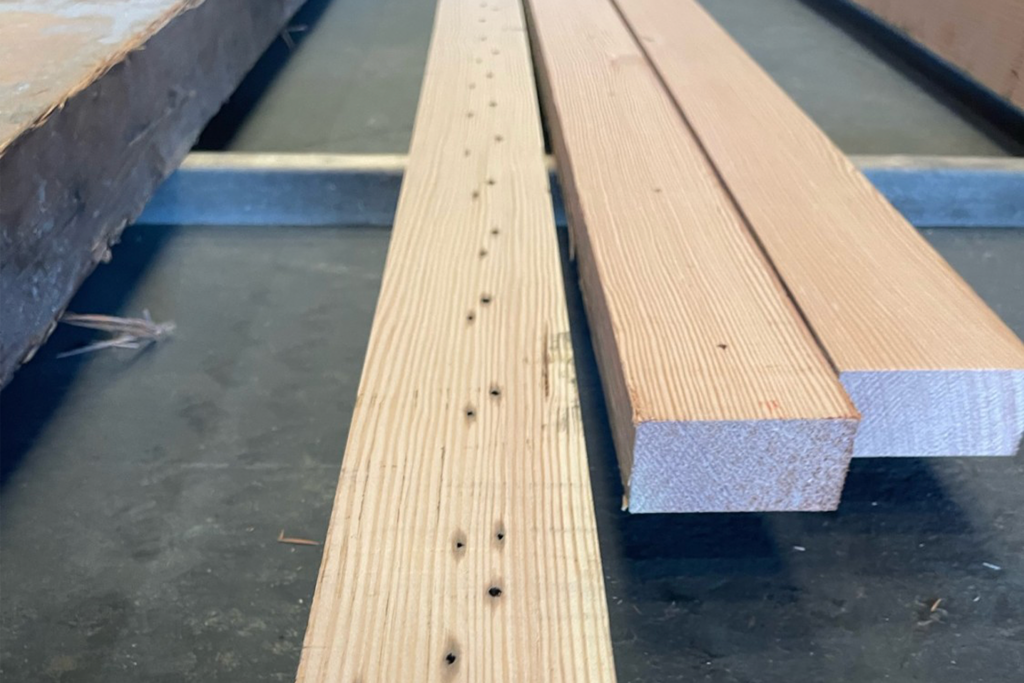
A Circular Economy
With a circular economy, construction and demolition companies can optimize the use of resources by DECONSTRUCTING buildings, therein reducing the consumption of raw materials and salvaging waste to reuse in a second life as new (again) lumber. As a waste-intensive industry, construction has profound potential to make an incredible impact on a circular economy.
Connecting Sustainability to Business Goals
Is key to imparting sustainability objectives for construction companies. By DEconstructing a building, with particular care given to materials that can be reused like wood, there is no need to invest in raw materials, and there is no fee to haul away the wood. Urban Machine comes to the job site to reclaim the wood for reuse right there or to be sold to someone else for another application. When architects include reclaimed wood early in the design process, the whole project benefits. The less waste that goes to landfill, the more money a project saves.
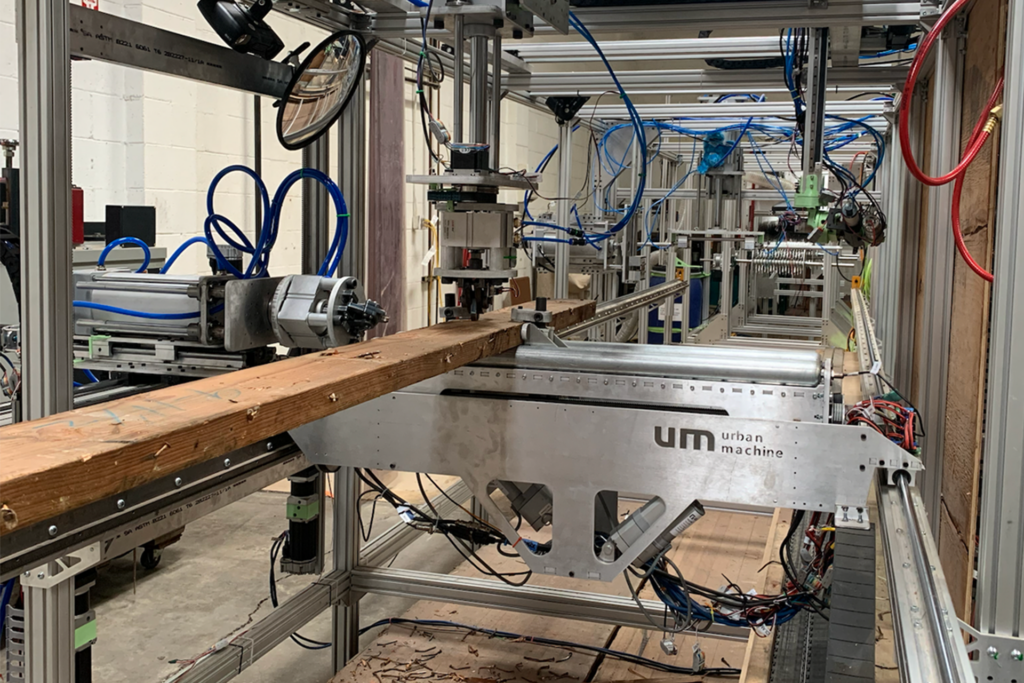
The use of reclaimed wood
The use of reclaimed wood results in a reduction of materials being sent to landfills and environmental pollution. The rising cost of landfills and new mandates to reduce waste will help progress C&D’s wood waste recovery efforts. Between this growth of recovered wood from deconstruction and sustainability architects including that reclaimed wood in their designs, Urban Machine is beginning to close the loop on lumber.
